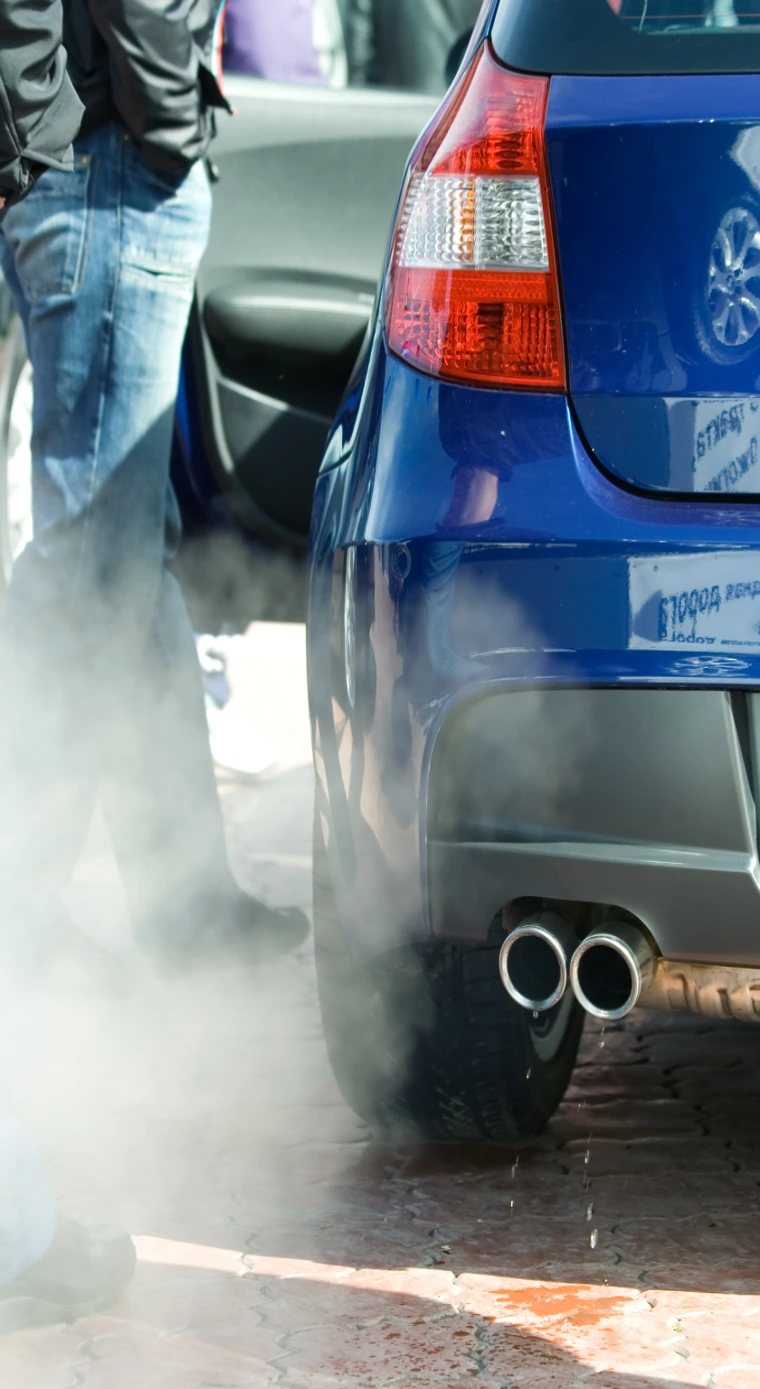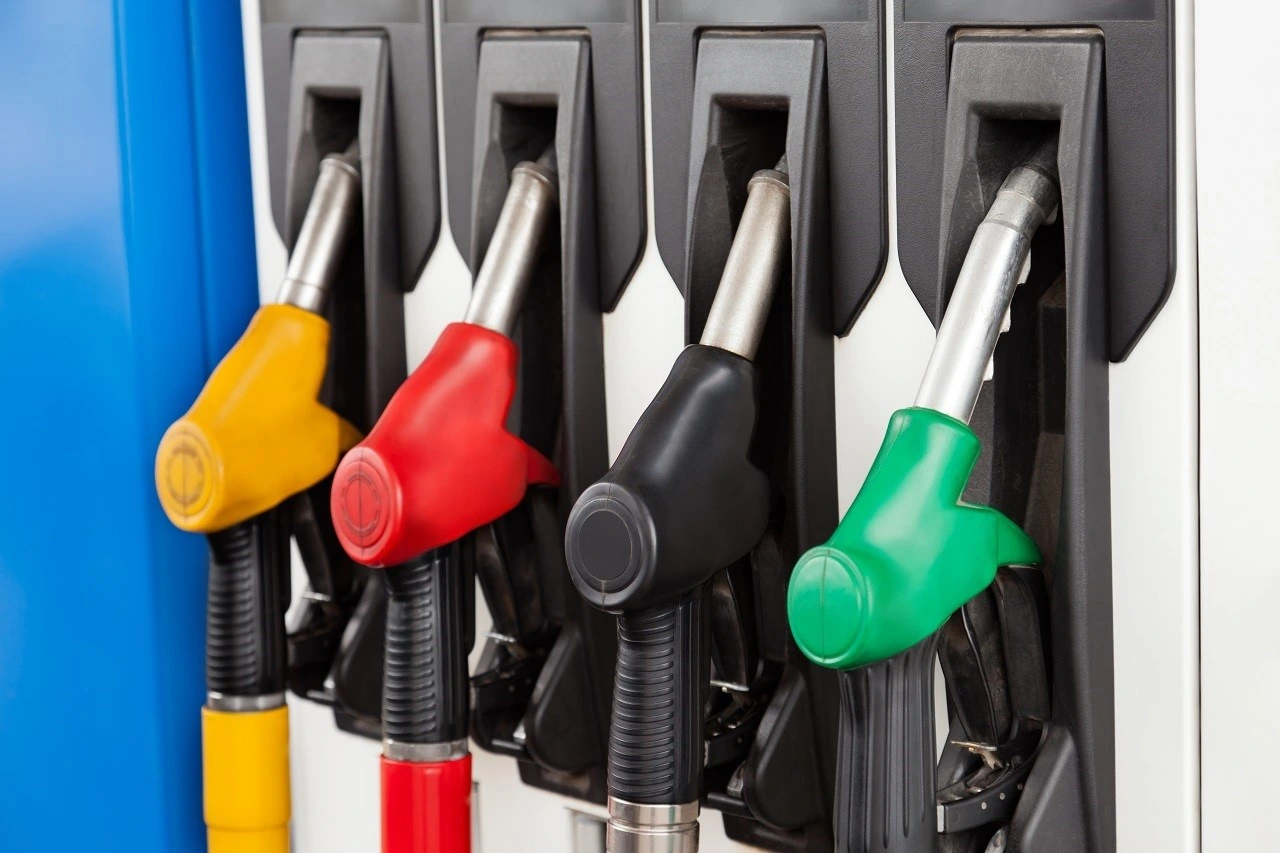
Each driver takes care of his car with the utmost care. It spends thousands of zlotys annually on insurance, repairs and inspections. He tries to take care of the vehicle so that it serves long and trouble-free. It takes care of the appearance and proper combustion of fuel. However, there are aspects that are not affected, such as the quality of parts made in factories or the condition of fuel at gas stations. There is a lot of talk about the latter. Prices are exorbitant, and “trefne” fuel can make it paradoxically impossible to drive a vehicle.
For example, in 2018, the Trade Inspection, commissioned by the Office of Competition and Consumer Protection, carried out quality control of fuels sold at Polish gas stations. It turned out that about 4% of the tested samples did not meet the standards. This result turned out to be worse than in 2017. Interestingly, only gas stations obtained negative results. Fuel companies and wholesalers would turn out to have a “clean slate”. Studies have shown that the Podkarpackie and Warmińsko-Mazurskie voivodships have the best quality fuel. The worst were Kujawsko-Pomorskie and Zachodniopomorskie. In diesel fuel, abnormalities were detected in sulfur content, oxidative stability, impurity content, viscosity, cetane number, density, water content and flash point. Within gasoline, studies have shown improper vapour pressure and an abnormal octane number. The rest of the deviations concerned oils. On the Internet, you can easily find a list of petrol stations where the inspection showed deviations from the norm divided into voivodships. It is worth looking there before you decide to buy fuel in a random place. However, it should be remembered that the quality of fuels at stations is getting better. Petrochemical companies are constantly outdoing each other in adding improvers to fuels. Drivers prefer to pay a dozen cents per liter more, adding branded fuel than to save and later pay for the replacement and repair of the engine.

Damage caused by poor quality fuel
Fuel that does not meet certain standards contributes to the disruption of the engine and injection system. Improper resistance to oxidation (diesel) contributes to the clogging of the injector nozzles. When the fuel does not burn entirely in the engine, a hard white-greenish-yellow sediment is formed. It creates a danger of spontaneous ignition. An increased amount of allowable sulfur can corrode some engine components. The increased exhaust gas toxicity (CO, HC, NOX) contributes to the formation of smog and is often the result of the use of poor quality fuel. You can check the exhaust toxicity emission value with a special device. Remember that for too high values of toxic exhaust gas components, which can be shown by a roadside inspection, you can pay a fine.

How to avoid poor quality fuel?
- Refuel at reputable petrol stations
- See what other customers think about a place
- Check the list of stations with the fuel quality ranking on online outfits
- Apply fuel additive
Fuel refiner – which one to choose?
To extend the life of the system, invest in a fuel refiner. You can use it for both gasoline and diesel. All you have to do is apply the product directly to the tank before refueling. Fuel additives will not replace good quality gasoline or ON, but they will help reduce fuel consumption. The addition to gasoline or diesel fuel has a purifying effect on the fuel supply system. In addition, it removes carbon deposits from the combustion chamber and prevents the appearance of deposits. Promotes more accurate fuel burning. Ensures proper and even operation of the engine. Reduces the emission of toxic and harmful substances for the natural environment. Fuel additive Ceramizer is only 17 zł. Apply it best every 10,000 km.
